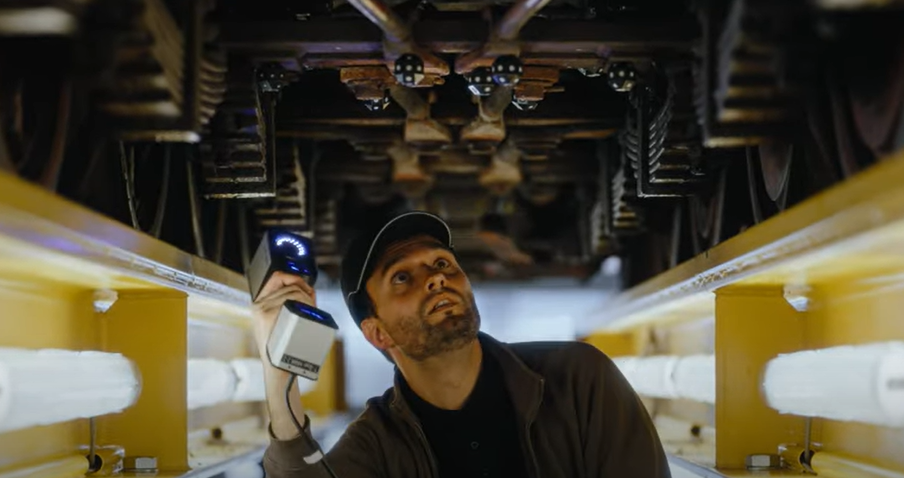What makes the HSB special?
Harzer Schmalspurbahnen GmbH (HSB) is one of the largest tourism operators in the new federal states of Germany. It was founded in 1991 and took over operations from the former Deutsche Reichsbahn in 1993. HSB has a fleet of 25 steam locomotives, 10 diesel railcars, 12 diesel locomotives and over 100 passenger coaches. Every year, over 1.1 million passengers are transported through the impressive landscape of the Harz Mountains on the 140.4 km long route network.
3D inspection of steam locomotives
It is important for all employees of the Harzer Schmalspurbahnen to maintain their cultural heritage. They are constantly faced with the challenge of conserving, preserving and improving their engines, which are partly over 100 years old. Since every employee has a deep-rooted connection to the steam locomotives and the region, they are working hard to reach their goal.
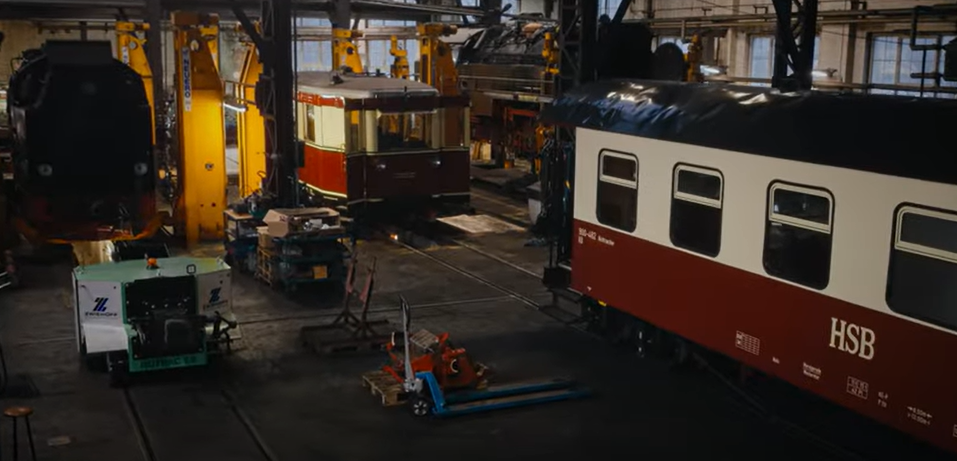
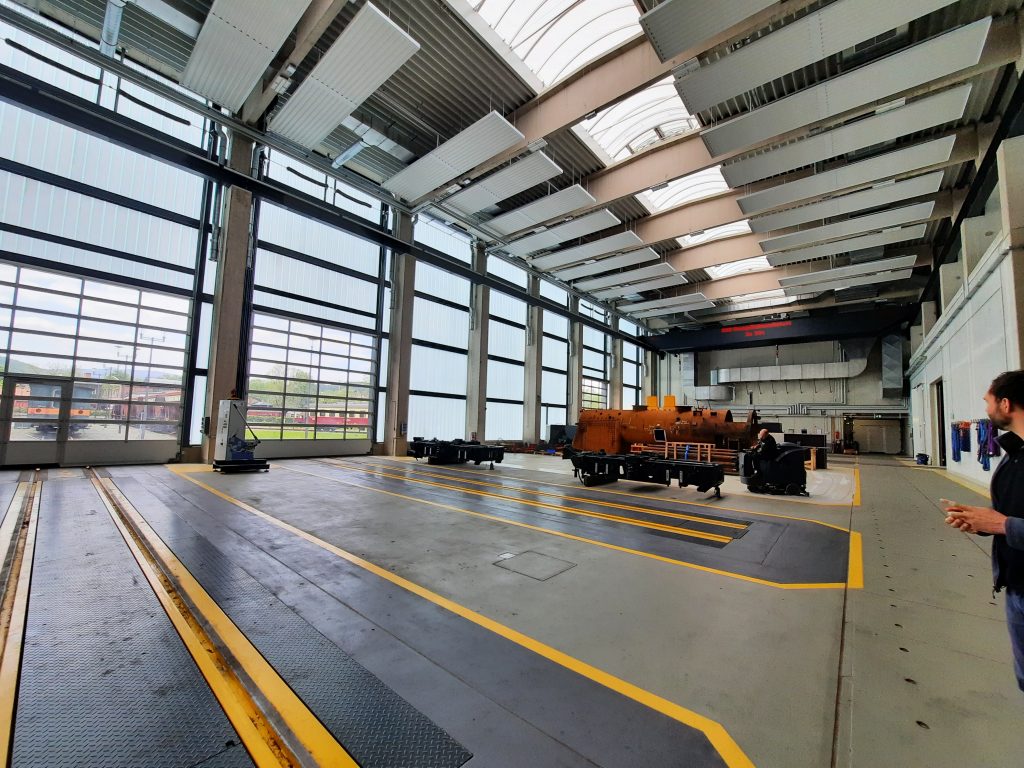
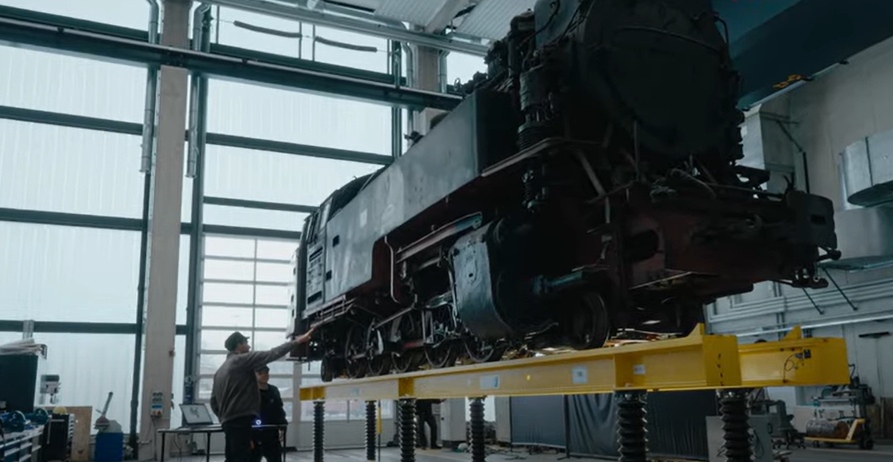
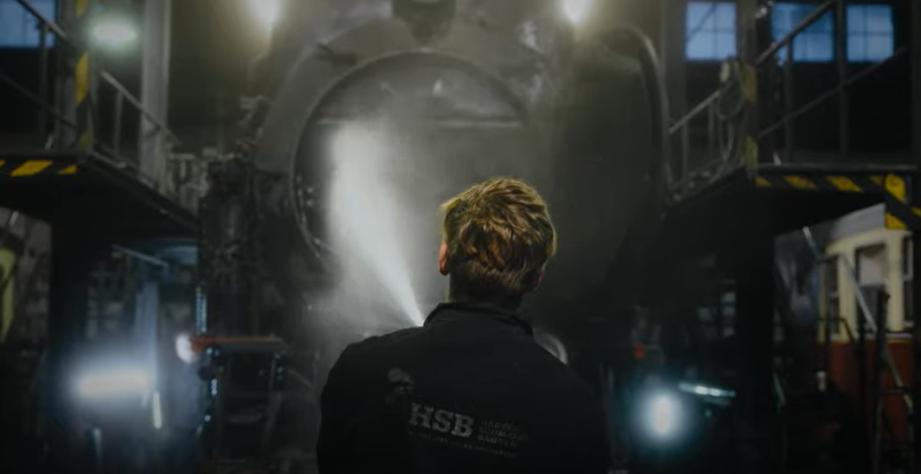
One vision of the technicians is to therefore combine the old techniques of their fleet with modern ways of maintenance. The maintenance of the traction units is carried out in-house. It requires absolute precision in order to guarantee the safety and flawless use of the vehicles. The company has 2 workshops at its disposal, in which the locomotives are partially dismantled into their 3600 individual parts in order to identify and eliminate functional faults. Conventional calipers have not been used for a long time, as they do not meet the requirements for speed, efficiency and precision. Instead, modern 3D scanning technology is used to measure parts. They opted for the 3D laser scanner T-SCAN hawk 2. The flexiblity to detect faults on the locomotives, which can be recognized directly on-site as a 3D model, makes all the difference.
The 3D scanner from ZEISS is an all-in-one solution. It sometimes only takes a few seconds to scan and inspect a part.”
Daniel Hermann - Maintenance development at HSB
The 3D scanner T-SCAN hawk 2 works with different laser lines to cope with various measuring tasks. The 3D scanning technology is designed to scan small details and components of the steam locomotive as well as to display large parts of several meters.
The time savings and accuracy of a 3D scan are essential for quickly reintegrating the vehicles into the HSB network. The evaluation of the 3D data takes place on the PC and thus enables flexible work that fully meets the company’s quality requirements.
Sustainability at HSB
As with the choice of modern 3D scanners for their work, HSB wants to develop further with regard to the sustainability of the company. They are already looking at sustainable drive options for their fleet, which will need to be expanded in the future. A major step has already been taken with the construction of the world’s most modern workshop. This was built completely climate-neutral and also houses the 3D scanning solution from ZEISS. We are excited to see how the HSB will develop as a cultural heritage site and in the field of optical 3D measuring technology.
Dive into the world of historic steam locomotive restoration
Would you like to get a closer look at the HSB steam locomotive workshop and the use of our 3D scanner? Then take a look at our Maker Portrait:
HSB: Maintenance of historic steam locomotives
HSB is the largest service provider for public transportation in eastern Germany. They use the state-of-the-art 3D scanning technology of the ZEISS T-SCAN hawk 2 to ensure that their steam locomotives run non-stop and that their traditional drives are preserved for the future. Accurate 3D models of the machines support the maintenance, repair and overhaul – keeping a part of German history alive in the Harz mountains.
Want to learn more about HSB? Visit https://www.hsb-wr.de/startseite/
